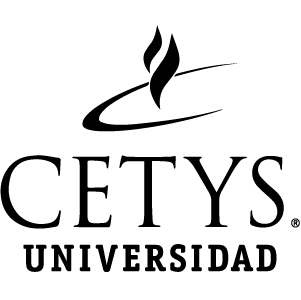https://repositorio.cetys.mx/handle/60000/78| Campo DC | Valor | Lengua/Idioma |
|---|---|---|
| dc.contributor.author | López Ornelas, Maricela | - |
| dc.contributor.author | Díaz López, Karla María | - |
| dc.contributor.author | Osuna Lever, Cecilia | - |
| dc.date.accessioned | 2019-10-10T17:51:04Z | - |
| dc.date.available | 2019-10-10T17:51:04Z | - |
| dc.date.issued | 2017-12-30 | - |
| dc.identifier.issn | 1981-4070 | - |
| dc.identifier.uri | https://repositorio.cetys.mx/handle/60000/78 | - |
| dc.description.abstract | El trabajo de corte teórico, aborda brevemente algunas aproximaciones que delinean la estrecha y polisémica relación entre derechos humanos, comunicación y género. Cabe reconocer, que dichos conceptos —entretejidos en las ciencias sociales—, han sido explicados y reinterpretados en diversos ámbitos a través de las propias trasformaciones socioculturales existentes, por lo que el documento no ahondará necesariamente en definiciones, pues habría que situar cada significado en las diversas áreas en las que estas nociones continúan inmersas. Bajo esta reflexión, el objetivo del artículo provee tres vertientes, identificar la delgada relación entre derechos humanos, comunicación y género, dando énfasis al ―derecho a comunicar‖ como un derecho inherente al ser humano, en un segundo aspecto, se aborda la visible postura sexista que amplía la brecha de desigualdad entre hombres y mujeres en el ámbito de la comunicación como profesión, y tercero, no menos relevante, se plantea que en países como México, coexiste una violación continua sobre el ―derecho de comunicar‖. Entre los resultados se evidencia que la perspectiva de género, es una construcción cultural que incide directamente en el composición de los derechos humanos, misma que confirma que la comunicación es considerada clave en el desarrollo de la configuración de las prácticas sociales sobre los derechos humanos más elementales; además, se identifica en la literatura, que pese a diversos esfuerzos, las mujeres siguen deficientemente representadas en el contenido mediático; finalmente, México es señalado como el sexto país con el mayor número de violaciones a los derechos humanos de los comunicadores, independientemente a su género. | es_ES |
| dc.description.abstract | ABSTRACT. The theoretical work, briefly addresses some approaches that delineate the narrow and polysemous relationship between human rights, communication and gender. It should be recognized that these concepts -interwoven in the social sciences -have been explained and reinterpreted in various fields through the existing sociocultural transformations, so the document will not necessarily delve into definitions, since each meaning should be placed in the diverse areas in which these notions continue immersed. Under this reflection, the objective of the article provides three aspects, identifying the thin relationship between human rights, communication and gender, emphasizing the "right to communicate" as an inherent right to the human being; in a second aspect, the visible position is addressed sexist that widens the inequality gap between men and women in the field of communication as a profession, and third, no less relevant, states that in countries like Mexico, a continuous violation of the "right to communicate" coexists. The results show that the gender perspective is a cultural construction that directly affects the composition of human rights, which confirms that communication is considered key in the development of the configuration of social practices on humanrights more elementary In addition, it is identified in the literature, that despite various efforts, women are still poorly represented in the media content; finally, Mexico is indicated as the sixth country with the highest number of violations of humanrights of communicators, regardless of their gender. | - |
| dc.description.sponsorship | Revista Lumina | es_ES |
| dc.language.iso | es | es_ES |
| dc.relation.ispartofseries | 11;3 | - |
| dc.rights | Atribución-NoComercial-CompartirIgual 2.5 México | * |
| dc.rights.uri | http://creativecommons.org/licenses/by-nc-sa/2.5/mx/ | * |
| dc.subject | Comunicación | es_ES |
| dc.subject | Derechos humanos | es_ES |
| dc.subject | Derecho a informar | es_ES |
| dc.subject | Género | es_ES |
| dc.subject | Libertad de expresión | es_ES |
| dc.subject | Communication | - |
| dc.subject | Right to Inform | - |
| dc.subject | Gender | - |
| dc.subject | Freedom of expression | - |
| dc.title | La delgada línea entre derechos humanos, comunicación y gênero | es_ES |
| dc.title.alternative | Revista Lumina | es_ES |
| dc.type | Article | es_ES |
| dc.description.url | https://periodicos.ufjf.br/index.php/lumina/article/view/21357 | es_ES |
| dc.format.page | 21-39 | es_ES |
| dc.identifier.indexacion | DOAJ | es_ES |
| Aparece en las colecciones: | Artículos de Revistas | |
Este ítem está protegido por copyright original |
Este ítem está sujeto a una licencia Creative Commons Licencia Creative Commons


